Deep in the Heart of Sailor
Though Hiroshima is the city most often associated with Sailor, it is actually in the nearby suburb of Kure that the company’s Tenno manufacturing plant is located. My guide and translator on this visit was Mr. Takahiro Inoue, Sailor’s manager of overseas sales, who works in the company’s Tokyo administrative offices. He speaks excellent English, and, ironically, it was his first visit to the Tenno plant as well. The location of the plant turned out to be more fortuitous than Sailor’s founders in 1911 could ever have imagined. Far from central Hiroshima and shielded by low mountains— including the Goblin’s Beak, which overlooks the entire area—it was spared damage from the atomic bomb blast in 1945. Most of the dozen or so buildings at the site look like they have been here for decades, many from before the war. A cherry tree grows in an open space in the centre of the many buildings, and the ground is littered with newly fallen pink petals. A water tower used for cooling machinery stands nearby. Somehow, one has the distinct feeling of entering a place where many innovations have taken place.

Even the robots are made by Sailor, and most of these robotized workstations have been in near-constant use since the 1970s. A handful of workers keep the robots functioning, and the robots, in turn, do the menial work that would have required thousands of personnel hours in a previous era. Sliding doors lead out of this hall and into another building with rows of workstations where pen manufacturing is occurring in a much more traditional and time-intensive manner.
 It is here that I am reunited with Yukio Nagahara, Sailor’s master nib maker, for the first time since our joint pen clinic in Los Angeles a year ago. Nagahara-san (“san” is a title of respect) rises from his workbench, where he had been painstakingly creating Susutake bamboo barrel pens by hand, and greets me with a warm smile. The Susutake is perhaps the most unusual fountain pen created by Sailor. The cap and barrel of each pen are made from aged, smoke-seasoned bamboo taken from the roofs of traditional huts found in Japanese villages. The caps are then fitted with a clutch mechanism and band to strengthen the lip, and then topped with hardwood. The barrel is made to fit around a gripping section and line up with the cap.
It is here that I am reunited with Yukio Nagahara, Sailor’s master nib maker, for the first time since our joint pen clinic in Los Angeles a year ago. Nagahara-san (“san” is a title of respect) rises from his workbench, where he had been painstakingly creating Susutake bamboo barrel pens by hand, and greets me with a warm smile. The Susutake is perhaps the most unusual fountain pen created by Sailor. The cap and barrel of each pen are made from aged, smoke-seasoned bamboo taken from the roofs of traditional huts found in Japanese villages. The caps are then fitted with a clutch mechanism and band to strengthen the lip, and then topped with hardwood. The barrel is made to fit around a gripping section and line up with the cap.
Nagahara’s father—Nobuyoshi Nagahara or “Nagahara Senior,” who originated the specialty nibs for which Sailor is so widely known—has now retired, leaving the crafting of these unique nibs in the capable hands of his son. Nagahara-san has added his own personal touch to the nibs originated by his father, with sharper edges that make for crisper lines. To a practiced eye, it is often easy to discern the difference between the nibs crafted by father and son.
I have always had a keen interest in knowing how the specialty nibs are made, and Nagahara has revealed a few of the family secrets over the course of our friendship. [See Mottishaw’s article “Brushing Up on Sailor Nibs,” PW, February 2012.]
 In the past, when I have asked for information he doesn’t want to reveal, he has responded with a polite smile and the English words “top secret.” This time, however, he opens up just a little bit more about the King Eagle nib. Using a sheet of Sailor notepaper, he draws a diagram showing three nibs tipped with balls of iridium, with the top nib notched to allow the next to fit underneath. The assemblage is spot welded together and all three nibs sculpted to a smooth profile that moves a huge amount of ink to paper. The King Eagle nib is intended to be used like a brush to create the long tails of kanji characters. Nibmaking like this is done in only one place in the world, and it is here. I have many other questions that remain unanswered, such as how Nagahara holds the pieces of the nib together, and how he achieves the precision grind on the Cross music nib, but perhaps the next pen clinic or visit to the Kure factory will lure more answers from him.
In the past, when I have asked for information he doesn’t want to reveal, he has responded with a polite smile and the English words “top secret.” This time, however, he opens up just a little bit more about the King Eagle nib. Using a sheet of Sailor notepaper, he draws a diagram showing three nibs tipped with balls of iridium, with the top nib notched to allow the next to fit underneath. The assemblage is spot welded together and all three nibs sculpted to a smooth profile that moves a huge amount of ink to paper. The King Eagle nib is intended to be used like a brush to create the long tails of kanji characters. Nibmaking like this is done in only one place in the world, and it is here. I have many other questions that remain unanswered, such as how Nagahara holds the pieces of the nib together, and how he achieves the precision grind on the Cross music nib, but perhaps the next pen clinic or visit to the Kure factory will lure more answers from him.
After meeting with Nagahara-san, I am led to the far opposite corner of the same manufacturing room, which is busy with workers. Here is where the production nibs, i.e., the non-speciality nibs, are made. A furnace is fired up to create molten gold alloy, which will then be poured into ingot molds. Most manufacturers begin by purchasing ingots; the fact that Sailor makes its own indicates that the company has its own proprietary alloy formula and controls not only the nib making process but the material with which the nibs are made. This degree of control explains how Sailor can make some of its nibs with solid 21 karat gold—the only company I know of that can do so.
After the gold is poured into ingot molds and is cooled, it is bumped out as solid heavy blocks. It is then drawn through powerful rollers again and again until it achieves ribbon-like thinness. This ribbon, however, is thicker in the middle and thinner at the sides to accommodate the tapered thickness of a nib. Two nibs at a time are cut from the ribbon with the tips pointed toward each other. This way, the tips are thick and the tails are thin. Several more steps lead to the point where the vent hole is punched out and the tipping pellet attached. I watch a skilled specialist as she locks nibs one at a time into a jig, and then lowers each to a spinning wheel to cut the slit through the middle of the tipping and up into the vent hole.
 She carefully inspects each nib after it is finished, before patiently moving on to the next. Every Sailor nib is made in this painstaking manner. In contrast to the robots I had seen pumping out parts, the actual nibmaking is done manually and on a piece-by-piece basis.
She carefully inspects each nib after it is finished, before patiently moving on to the next. Every Sailor nib is made in this painstaking manner. In contrast to the robots I had seen pumping out parts, the actual nibmaking is done manually and on a piece-by-piece basis.
Before leaving, I am shown through the company’s in-house museum, replete with pens, advertising posters, and promotional items from throughout Sailor’s 101-year history. One advertisement, probably from near the beginning in 1911, shows black chased hard rubber Sailor pens with overfeed nibs. Another, from 1930, depicts the eponymous sailor riding a red pen over the crest of a wave, while another shows a line of Popeyes carrying oversized Sailor pens instead of carbines.
Clearly, Sailor devotes the same attention to preserving the physical history of the company as it does to ensure that its products continue to be produced in a manner that would make the 1911 founders proud. It seems an appropriate gesture from a company that consistently and superbly combines tradition with innovation.
Originally published in PenWorld Magazine, Vol 25, No.5, 2012.
Sailor Special Nibs Naginata Now Available @ KSGILLS.com


![[Appreciation Gifts 2023] KSG set - Double Pen SET - Parker IM Rollerball & Ballpoint Pen - [Various Colours] - KSGILLS.com | The Writing Instruments Expert](http://ksgills.com/cdn/shop/files/WhatsAppImage2023-08-19at3.14.43PM.jpg?v=1764419608&width=900)
![[Appreciation Gifts 2024] KSG set - Double Pen SET - Parker IM Rollerball & Ballpoint Pen - [Various Colours] - KSGILLS.com | The Writing Instruments Expert](http://ksgills.com/cdn/shop/files/ksgills-fathers-day-gift-set.png?v=1764419608&width=1000)
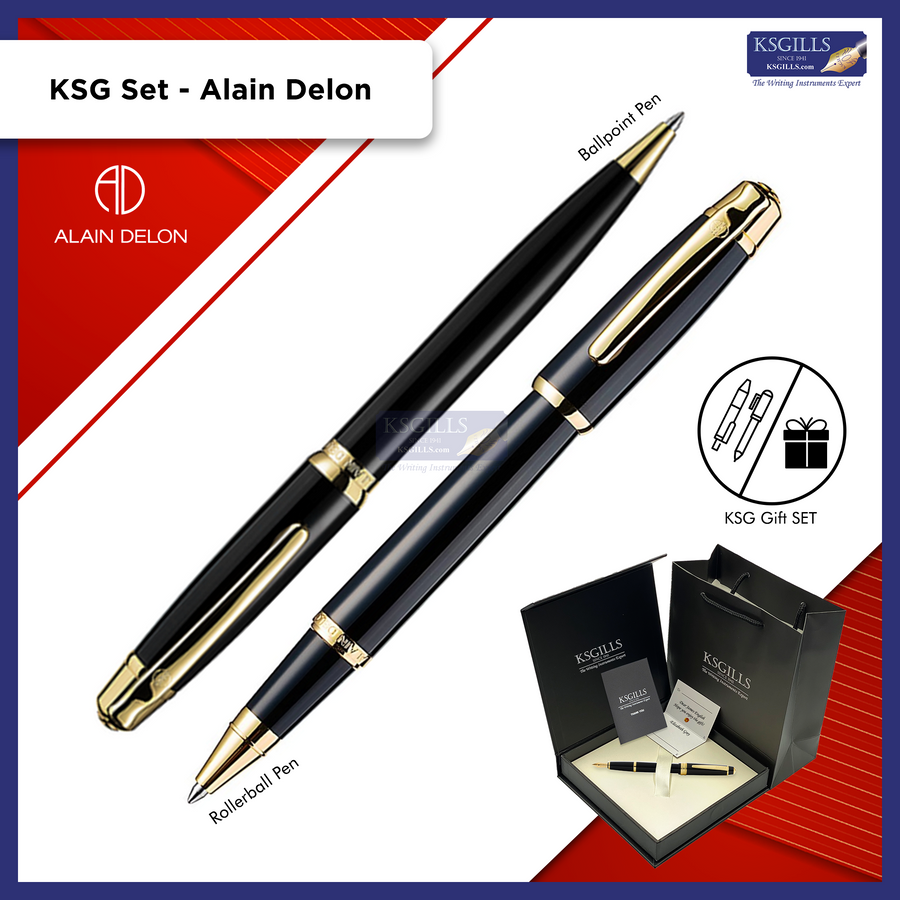
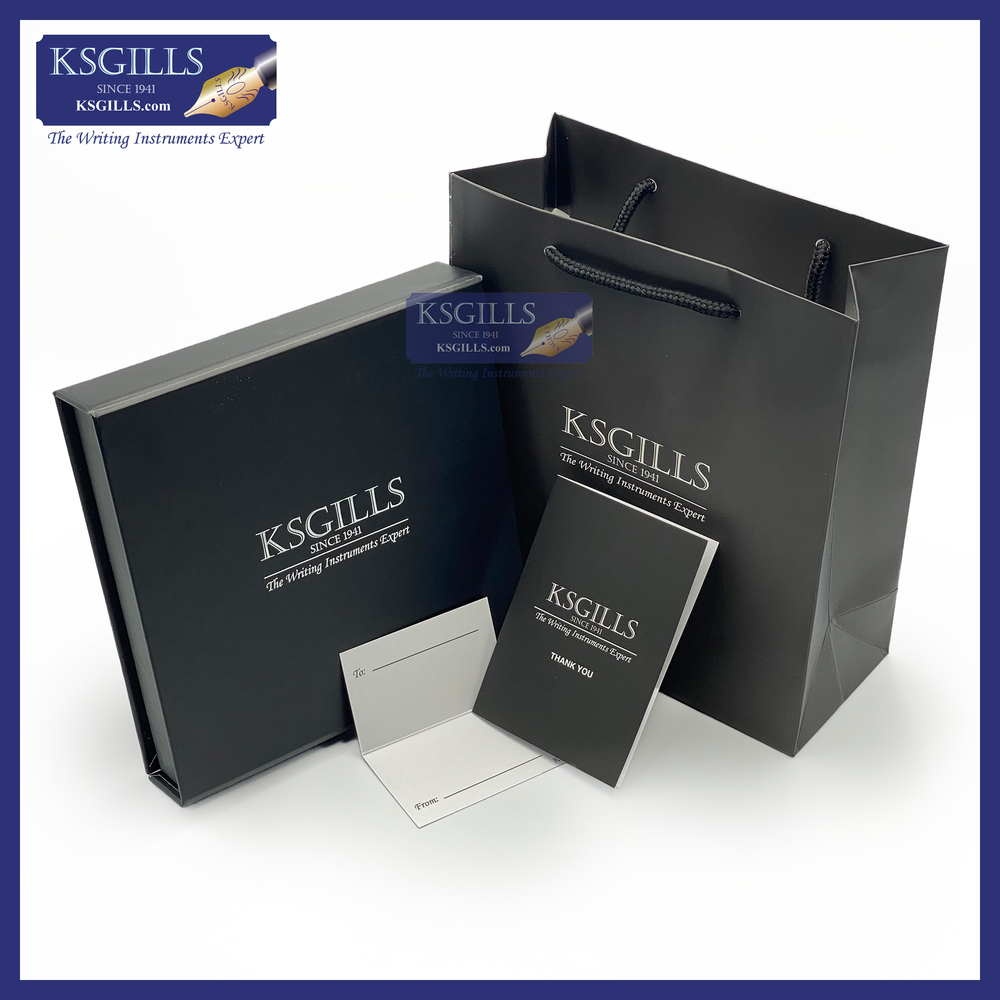

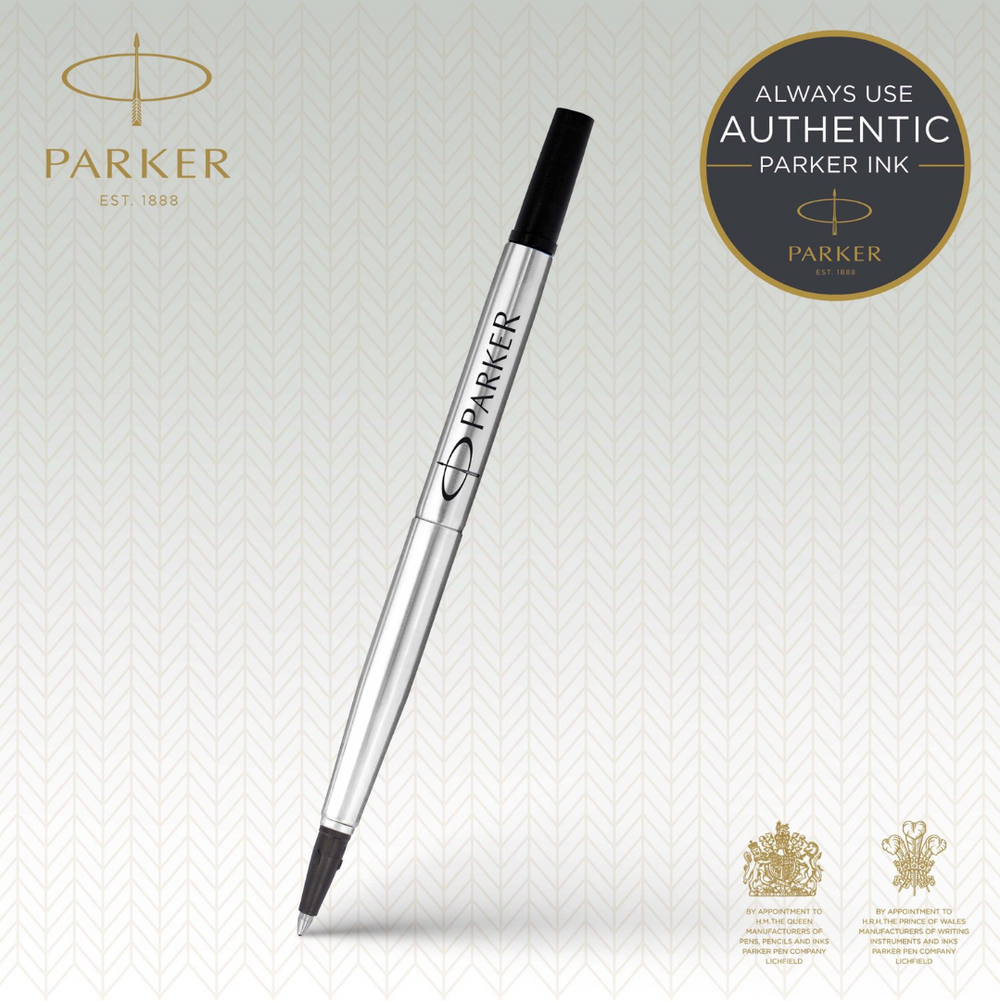
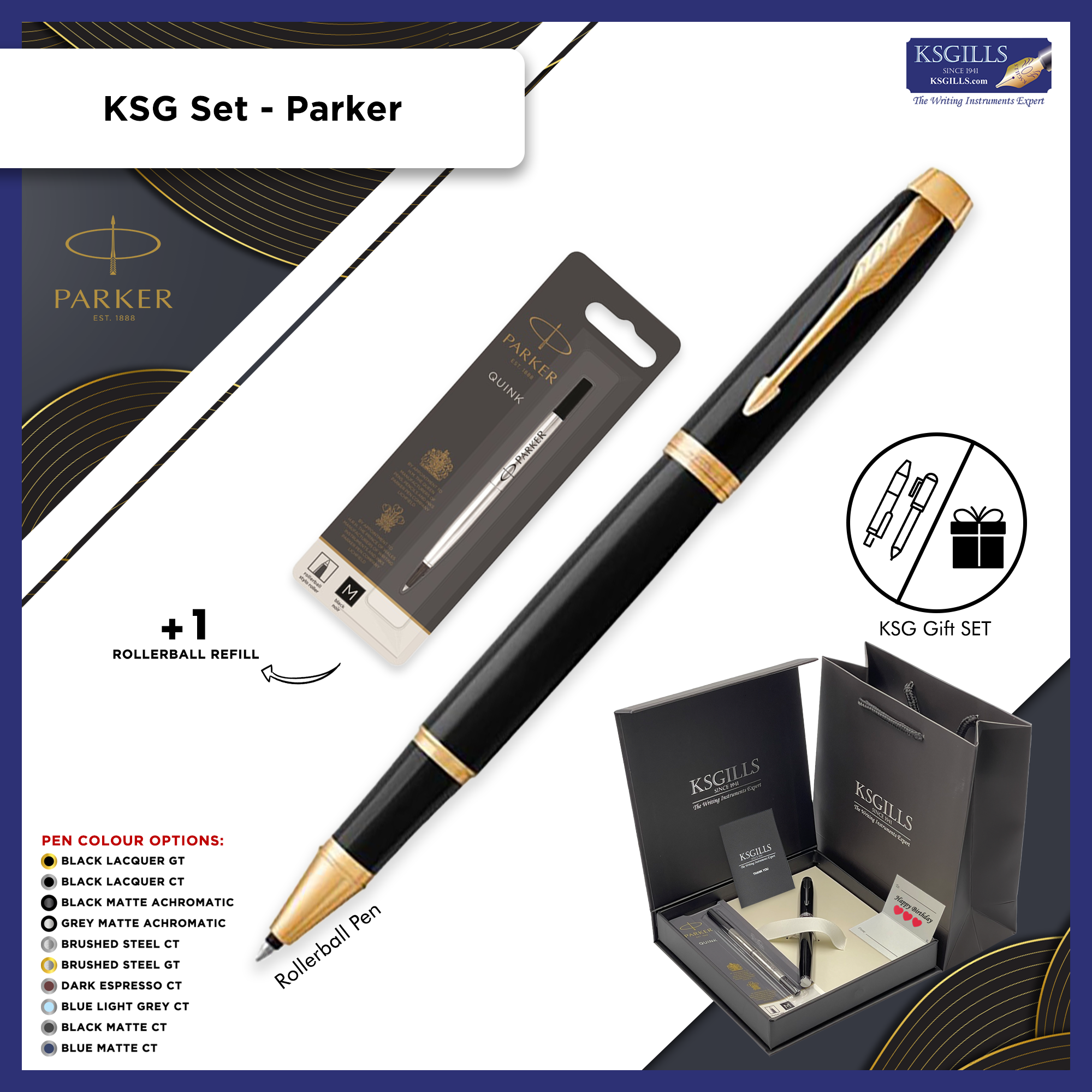

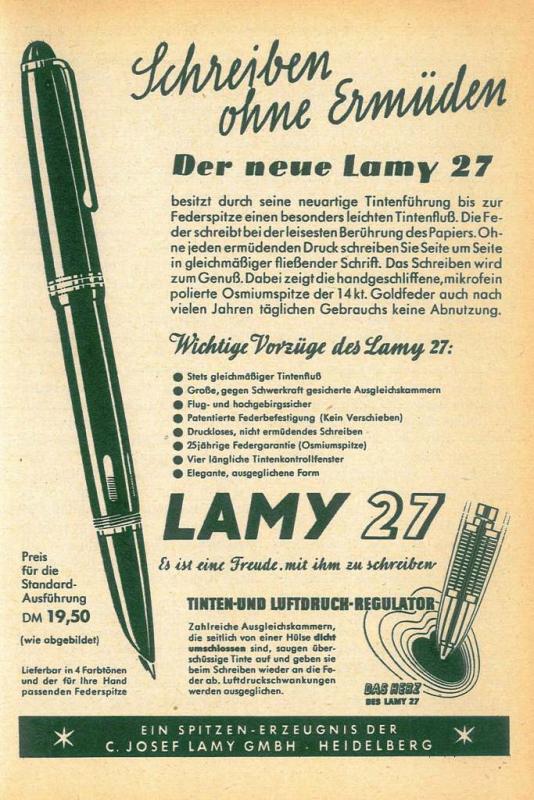

![KSG set - Double Pen SET - Parker IM Fountain & Ballpoint Pen - [Various Colours] - KSGILLS.com | The Writing Instruments Expert](http://ksgills.com/cdn/shop/products/THUMBAIL_KSGGiftSet-ParkerIM-BlackGold-FP_BP-Main.png?v=1659158551&width=900)
![KSG set - Double Pen SET - Parker IM Fountain & Ballpoint Pen - [Various Colours] - KSGILLS.com | The Writing Instruments Expert](http://ksgills.com/cdn/shop/products/BlackGold.png?v=1693741987&width=1000)
Leave a comment